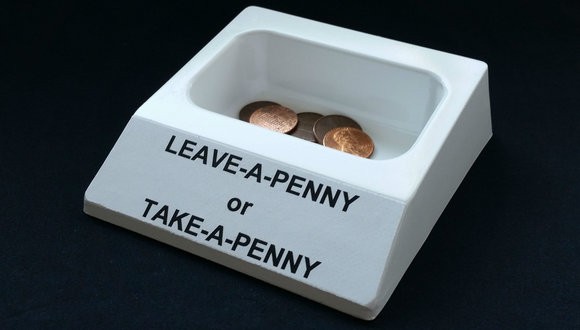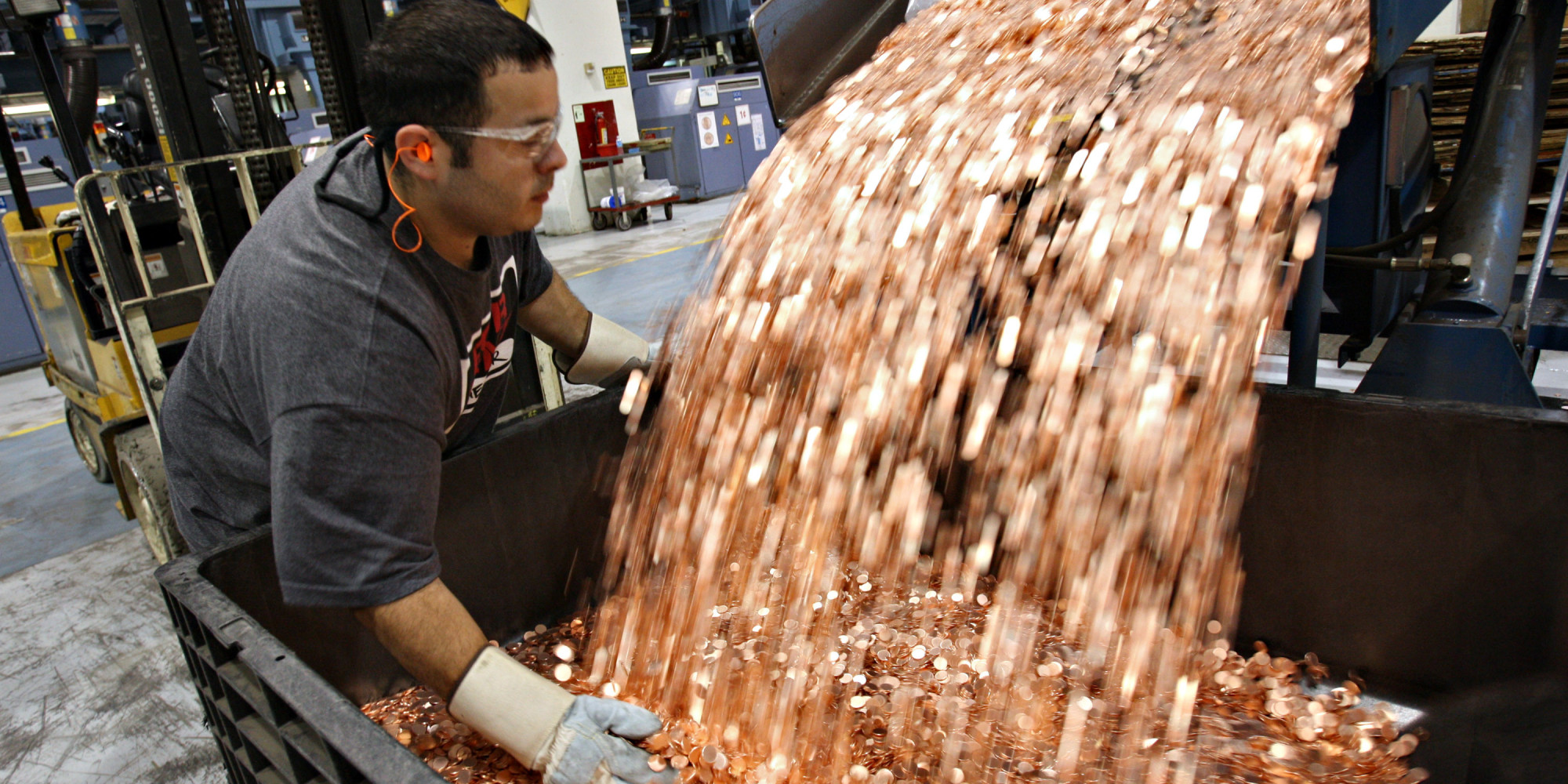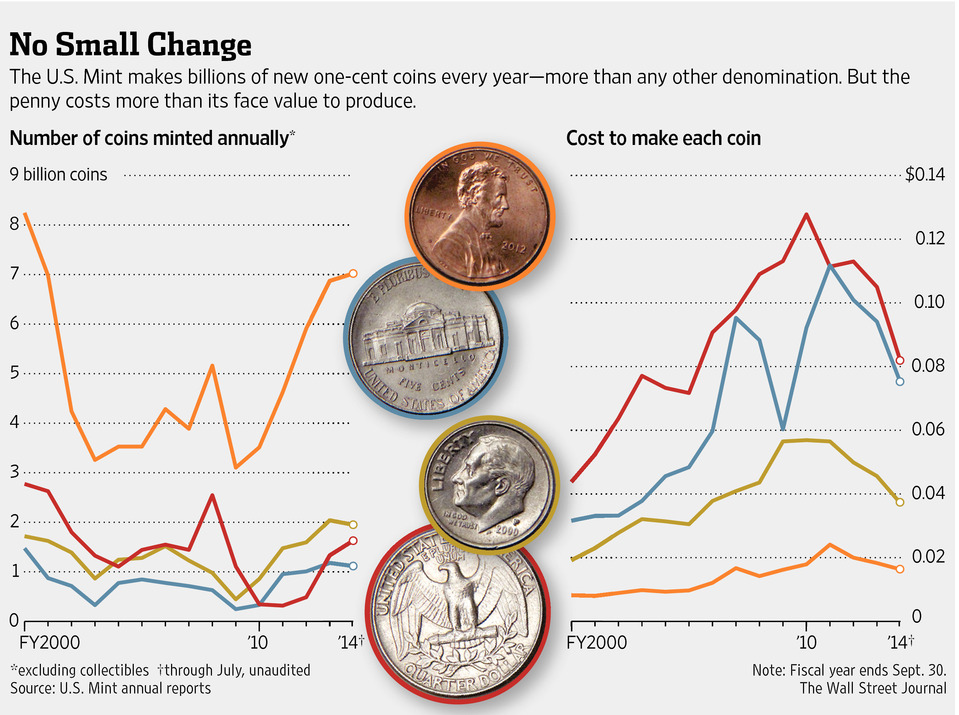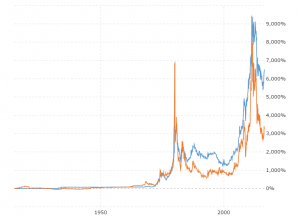Is The U.S. Penny Going The Way Of The Dinosaur?
Give a Penny Take A Penny? Pennies are so disposable that we’re willing to give them away because we don’t want to be bothered with the feeling of them jingling around in our pockets. For years now, Americans have placed little value on the lowly little coin, and it’s beginning to catch up – to the tune of millions of dollars.
During cash transactions, customers are saddled with coins as change and amongst those coins is the penny. And after consumers accumulate these pennies, they almost never spend them. They just sit in change purses and jars and because of this, they rarely see circulation again.
However, businesses still need pennies to make change so the United States Mint continually replenishes the penny supply – more than any other coin that’s minted. In 2014, the Mint created over 8 billion pennies. That’s more than every other coin minted combined with roughly 3 billion to spare.
The U.S. Mint’s demand is based off of what banks are requesting, which goes like this: Businesses deposit cash into the bank and swap out cash and coins for a mix that they feel is the best to make change for their customers. Banks then do the exact same thing the businesses do, but they go up the ladder to the Federal Reserve. They exchange cash and coins for a mix of currency that works best to service their customers. The Federal Reserve then takes all of the cash and redistributes it throughout the system instead of having to print more currency and mint more coins. But at some point there will be a deficit and it is hear that the Federal Reserve will request more coins from the United States Mint.
And while pennies and other coinage may not sound like much, the United spends over $300 million dollars every year to produce – with pennies costing over $100 million.
The real issue at heart however, is that pennies cost more to produce than what they’re actually worth (1 cent). In 2011, at the peak of the commodities boom, pennies cost 2.41 cents to produce. While that may sound like a bad deal, keep in mind that coins can continue in circulation for 30 years or more. This is opposite of paper bills that have to be destroyed and reproduced much more frequently as they are not as durable.
The call to eliminate the penny has been gaining momentum among the population. Canada has begun phasing out their penny already. But with commodities prices plummeting this year, the idea of phasing out the penny has definitely lost steam.
Only time and future commodities prices will tell if the call to phase out the penny will succeed.











